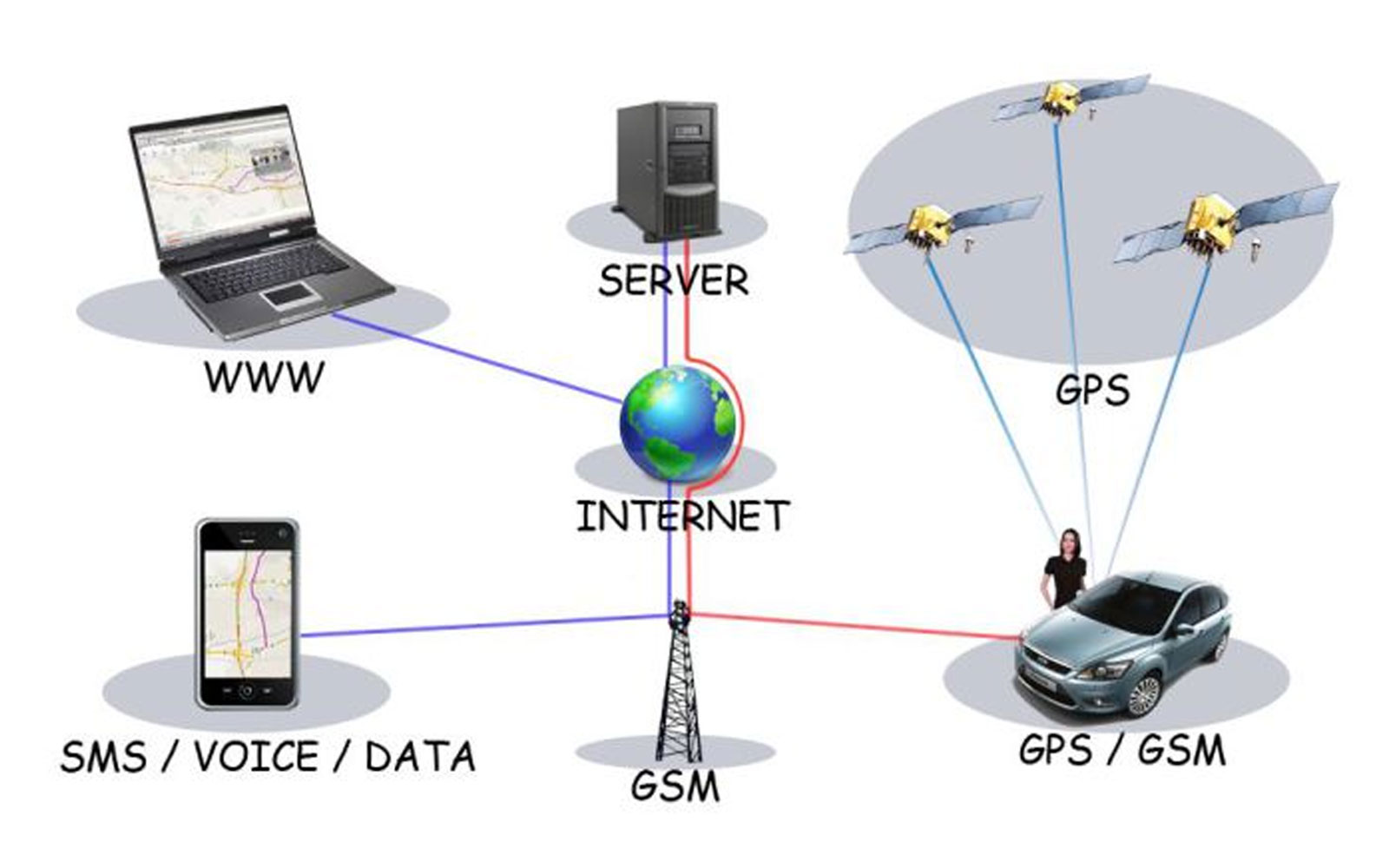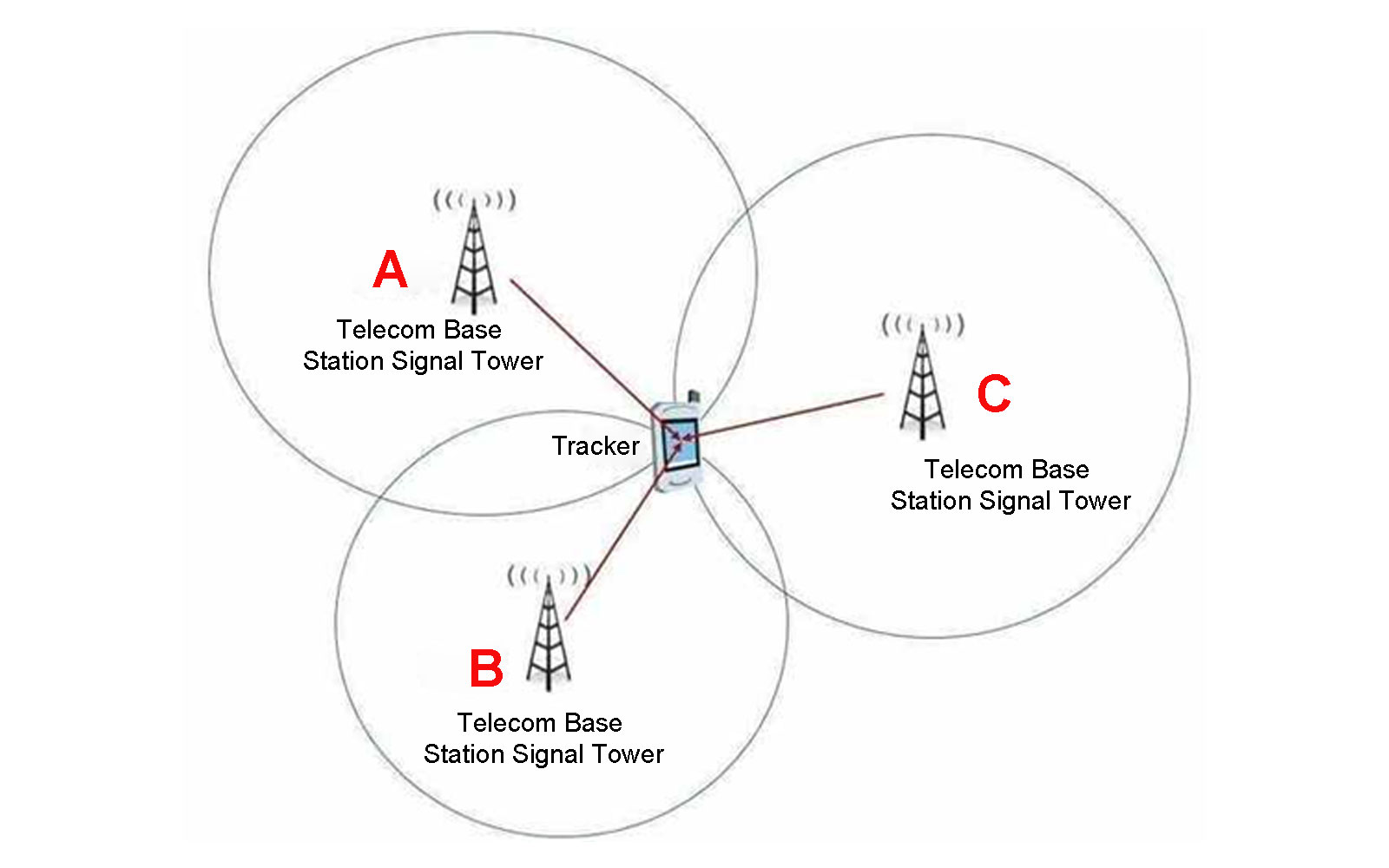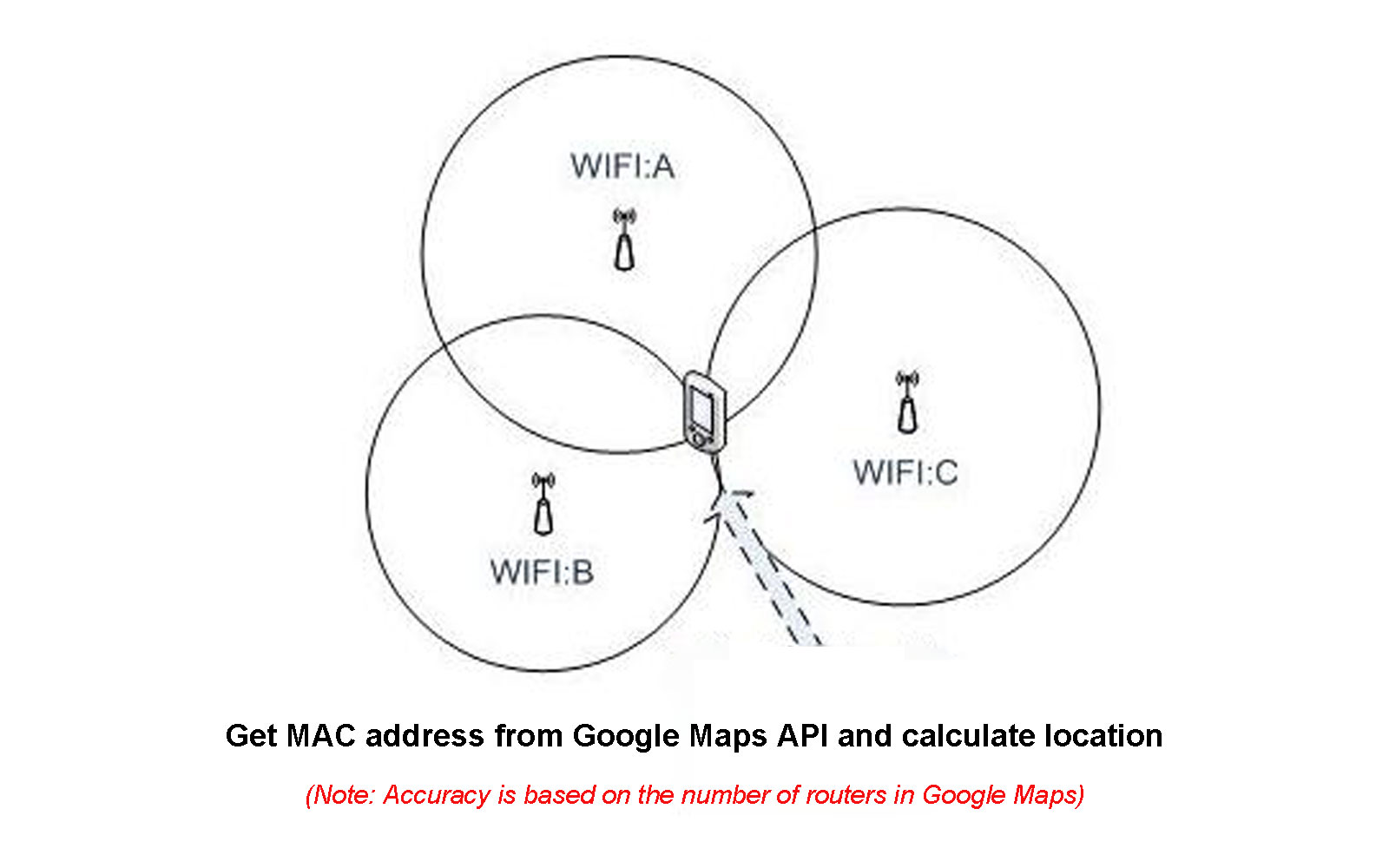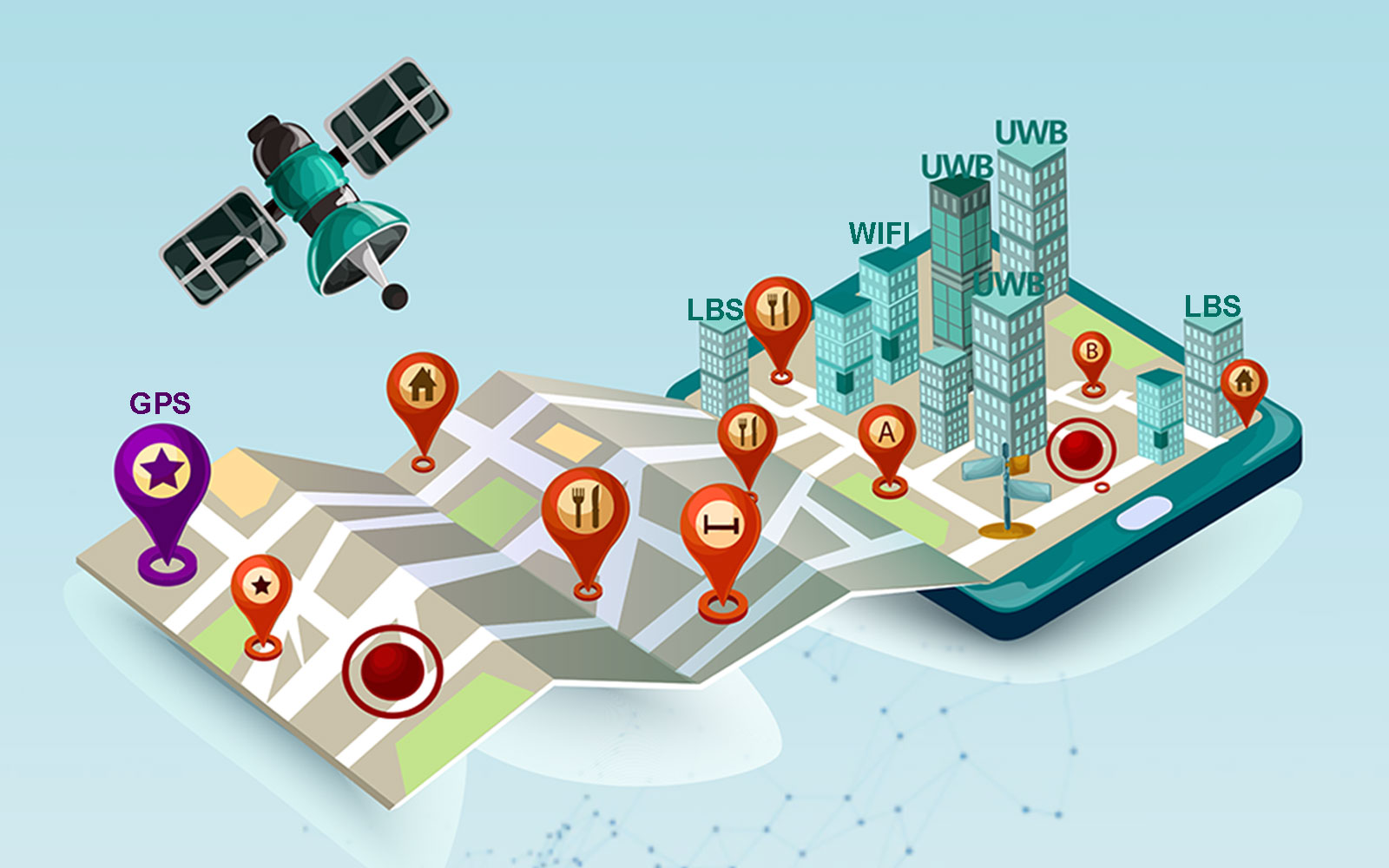Analysis of the GPS, LBS and WIFI positioning technologies of smart watches | How to select a accurate tracking watch?
2024-05-22 Click:512
For "vulnerable" groups such as the elderly, children, and pregnant women, the watch's functions such as positioning, calls, data monitoring, and movement trajectories are indispensable. Among them, the positioning function attracts the most attention from users.
So how is the positioning function of smart watches implemented? This article will introduce you to the working principles of smart watch positioning functions and analyze their advantages and disadvantages.

Currently, the main technologies used in the positioning function of smart watches on the market are based on three types of positioning technologies: GPS positioning, base station positioning, and WiFi positioning. If the accuracy requirements are not high, simple positioning can be achieved by using one of the positioning technologies alone. Before buying a watch, we must ask clearly how the watch is positioned.
Next, we will comprehensively analyze the 3 positioning principles, advantages and disadvantages, and application scenarios. Finally, we will explain the meaning of triple positioning, quadruple positioning, and fifth positioning of smart watches on the market.
1. GPS Global Positioning System

The basic principle of the GPS navigation system (USA) is to measure the distance between the satellites with known positions and the user receiver (GPS can ensure that 4 satellites can be observed simultaneously at any point on the earth at any time) and then integrate multiple satellites The specific location of the receiver can be known from the satellite data. It is composed of space part + control part + user part, and the accuracy is greater than 3m. This system cannot be built by ordinary countries. It must rely on economic strength and technical level. Currently, there are three mature satellite positioning systems and one under construction in the world. The existing satellite navigation and positioning systems include the United States’ global satellite positioning system. System (GPS) and Russia's Global Naviga2tion Satellite System (GLONASS), as well as China's Beidou and Europe's Galileo.
Advantages: The GPS global positioning system has significant features such as all-weather, high precision, automation, and high efficiency.
Disadvantages: Large indoor positioning error, greatly affected by rainy days, high power consumption resulting in short standby time.
2. LBS base station positioning

Base station positioning principle: A mobile phone (SIM card function) measures the downlink pilot signals of different base stations and obtains the TOA (Time of Arrival) or TDOA (Time Difference of Arrival) of the downlink pilots of different base stations. According to the measurement results are combined with the coordinates of the base station, and the trigonometric formula estimation algorithm is generally used to calculate the position of the mobile phone. The accuracy is not high, greater than 100m.
Base station positioning is generally used for mobile phone users. The mobile phone base station positioning service is also called mobile location service (LBS - Location Based Service). It obtains the location information (latitude and longitude coordinates) of mobile terminal users through the network of telecommunications mobile operators (such as GSM network), a value-added service that provides users with corresponding services with the support of the electronic map platform, such as the dynamic location query service currently provided by China Mobile M-Zone.
Advantages: Generally speaking, the more base stations measured by a mobile phone (SIM card function), the higher the measurement accuracy and the more obvious the positioning performance improvement.
Disadvantages: A few remote areas may have weak signals, resulting in poor positioning accuracy.
3. WIFI hotspot positioning

WiFi can locate users. Because location services are built into mobile operating systems such as Android, iOS and Windows Phone, and since each WiFi hotspot has a unique Mac address, the smart children's watch will automatically scan nearby hotspots and upload their location information after turning on WiFi, with high accuracy. Less than 10m.
Advantages: WiFi positioning does not require the device to actually connect to WiFi. It can be achieved as long as the WiFi function can search for hot spots, so this is very convenient, especially in indoor environments.
Disadvantages: For outdoor environments, there are few WIFI facilities and cannot provide positioning functions.
4. Triple positioning, four positioning, and five positioning

1). Triple positioning
GPS positioning, base station positioning, and WIFI positioning are combined. In outdoor places, GPS takes the dominant position and is assisted by base stations and WiFi. In indoor places with weak GPS signals, WIFI takes the dominant position and is assisted by base stations and GPS, triple positioning technology is intended to make up for the shortcomings of GPS indoors.
2). Quadruple positioning
Based on the three positioning methods, the dimension of Bluetooth is added to ensure near-field communication with parents’ mobile phones. In public places such as parks and shopping malls, turn on the Bluetooth travel mode. Once the child and the parent exceed a safe distance, the parent's mobile phone will immediately issue an alarm to ensure that the child is in a safe position.
3). Five-fold positioning
Currently, only a few watches on the market propose five-fold positioning technology to ensure accurate positioning. Outdoors uses Beidou+GPS+AGPS, up to 2.5 meters. LBS+WIFI technology is used indoors, and by optimizing the background algorithm, multiple technologies collaborate with each other to determine the orientation.
-
Prev:
How does GPS work? -
Next:
GPS Tracker for Fleet Management Solution Share:
Return to list






